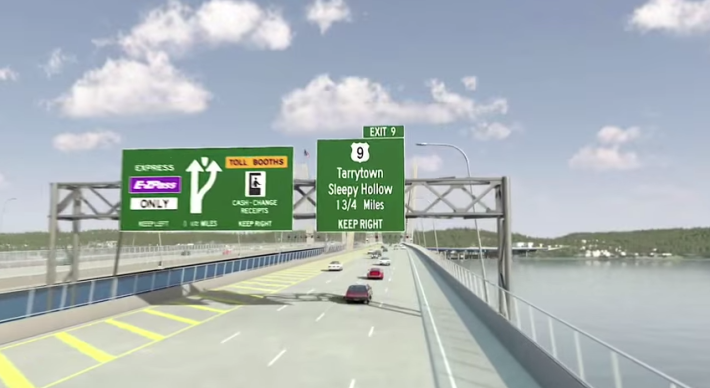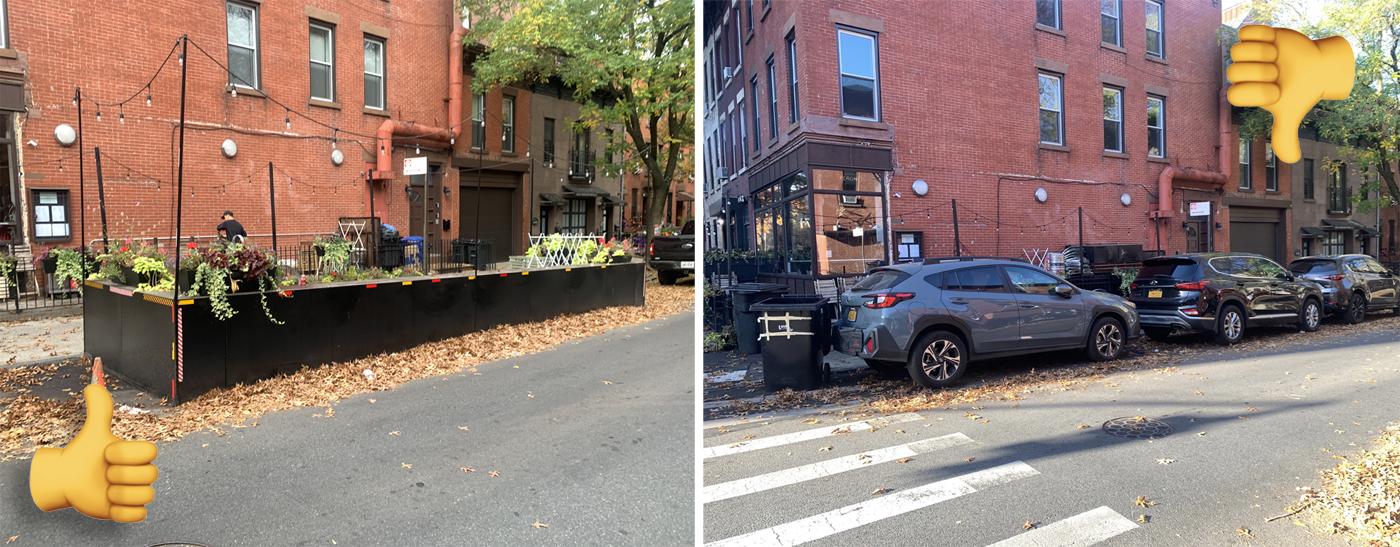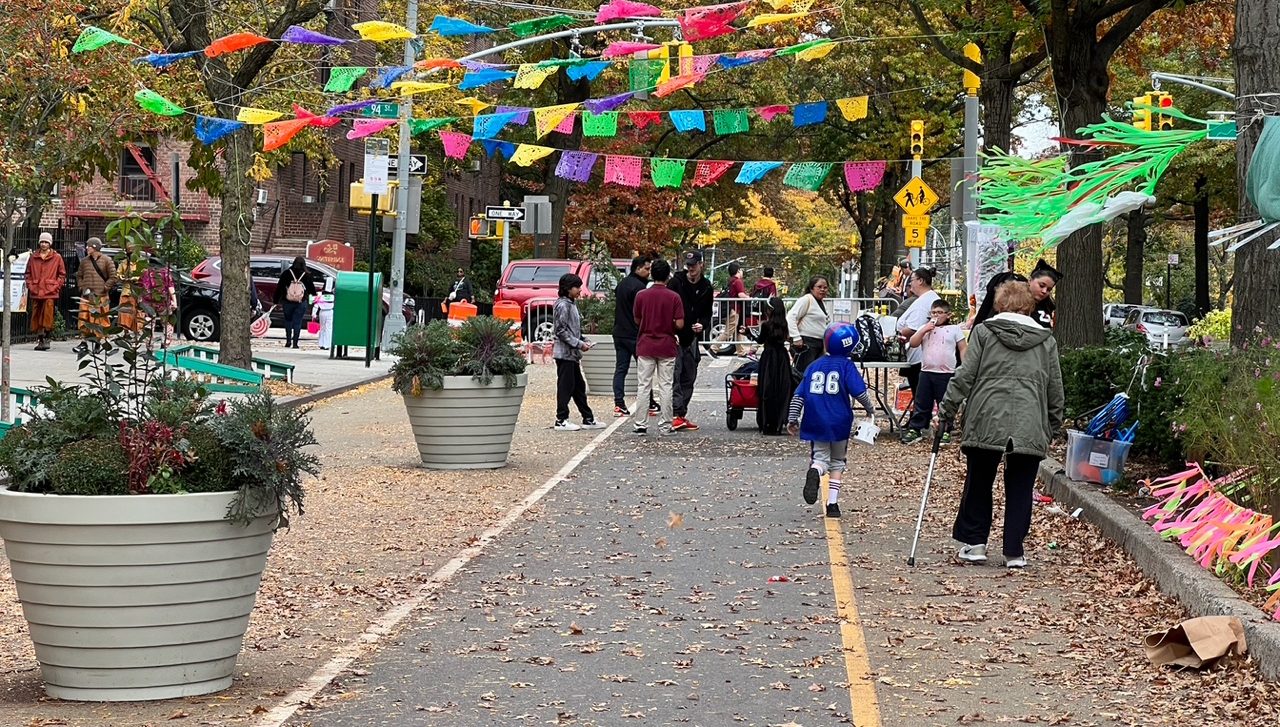
The Times noted last week that Governor Andrew Cuomo's infrastructure legacy will be defined by two mega-projects: the replacement of the Tappan Zee Bridge and the rebuilding of LaGuardia Airport. Cuomo clearly relishes building big things, but bigger doesn't necessarily mean better when it comes to infrastructure. These projects will shape the region for decades. New Yorkers should be prepared for some devastating consequences.
First, there are the effects of the projects themselves. Instead of building a high-quality transit connection across the Hudson River, the governor halted the transit planning process and forged ahead with an extra-wide highway bridge. While the Cuomo administration eventually promised a Bus Rapid Transit network, so far that's only resulted in a modest plan to expand existing express bus service.
Instead of transitways, the new bridge will have four car lanes in each direction, plus room for more. That's a recipe for more driving and more sprawl, particularly in Rockland and Orange counties, where population is expected to soar 34 percent over the next 35 years, more than double the rate of the rest of the region [PDF].
While Cuomo's Tappan Zee replacement is a sprawl machine for the suburbs, his LaGuardia Airport revamp is poised to generate more car traffic in an already-congested urban area.
Details of the LGA plan are scarce, but Cuomo is calling for the construction of additional car parking to handle the increased capacity of the airport. Those garages will be more of an enticement than the lackluster transit options the governor is proposing. The LaGuardia AirTrain will require most air travelers to go out of their way to Willets Point, the second-to-last stop on the 7 train, before getting on a connection to the airport. Not only would that push more riders onto the crowded subway line (the LIRR is another option but offers scant service to Willets Point), it would actually be slower than the buses that already serve LGA.
Then there's the opportunity cost. While Cuomo secures funds for his favored projects -- $4 billion (or is it $8 billion?) for LaGuardia, plus another $4 billion for the Tappan Zee -- others are left waiting.
The Port Authority Bus Terminal, for instance, is bursting at the seams. Delays in the trans-Hudson rail tubes are only going to get worse. The Port Authority and Amtrak are sounding the alarm about the need to get started on these projects. So far, Cuomo has paid them lip service -- but they're not getting the attention and resources the governor has lavished on the Tappan Zee and LaGuardia.
The MTA capital program, meanwhile, is little more than a political hot potato to Cuomo. No infrastructure legacy may be more important than investing in the future of a system that millions of people rely on every day. But when the governor devotes any energy to MTA-related problems, he's not trying to fix them, he's trying to make people think they're not his fault.
Unlike the governor's favored projects, the ones he has neglected are first and foremost about improving transit. Building them will not only make life better for today's commuters, but also make New York a healthier, more sustainable state in the long run. It's exactly the kind of vision a progressive governor should be championing.
As Alex Pareene wrote recently at Gawker, Cuomo doesn't think of infrastructure in terms of how it will shape the future:
Governor Cuomo’s aim generally seems to be to achieve political victories for the sake of achieving political victories...
Cuomo’s “style” means, to use one example, building a bridge simply for the sake of being able to say that he built a bridge, without bothering to determine what sort of bridge would be best, where and how it would make sense to build it, how it should be funded and maintained, and whether or not there might be other transit or transportation-related projects more worthy of so much economic and political capital. Nothing about the way the bridge is being built remotely resembles good government or best practices. But that doesn’t matter, because, hey, a bridge.
New York will end up with a shiny new suburban highway bridge and a shiny new airport terminal. Neither project will get the region any closer to achieving strategic goals like improving access to jobs or cutting congestion. In fact, they will just make traffic worse.
That's the Cuomo infrastructure legacy.





